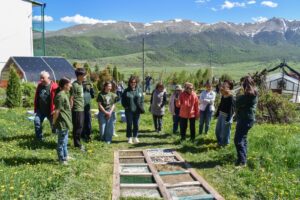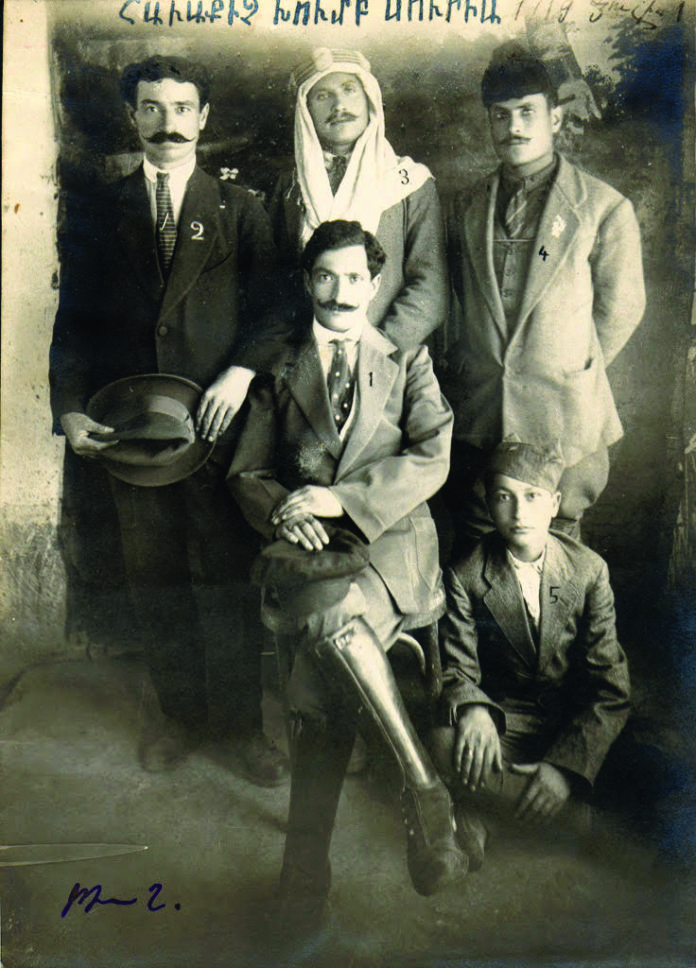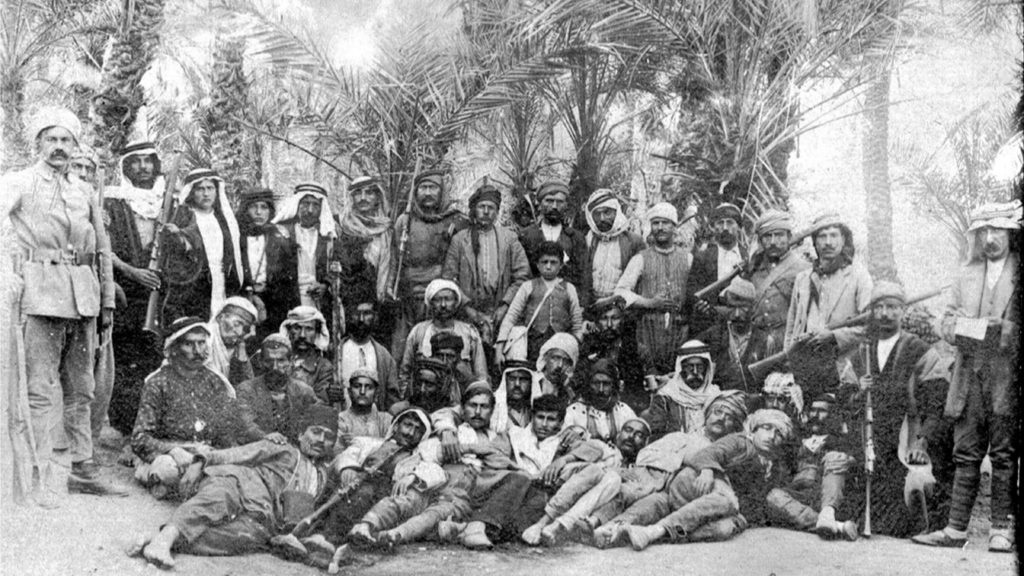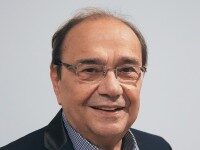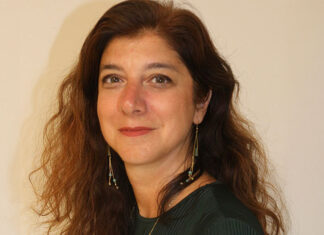WATERTOWN — Documentaries on the Armenian Genocide, it seems, are having a moment. Take, for example, “Crows of the Desert: A Hero’s Journey Through the Armenian Genocide,” written, directed and produced by Emmy Award winner Marta Houske.
The film tells the incredible story of one man’s heroism during the Armenian Genocide. It has been shown at numerous film festivals and won several awards, much to the delight of Houske. “Crows” tells the story of Levon Yotnakhparian, many members of whose family were killed during the Armenian Genocide. He was one of the lucky ones who escaped, however, he went back to the desert again and again to rescue fellow Armenians.
The film will have its Boston-area premier on Sunday, October 7, at 4.30 p.m. at the Mosesian Center for the Arts in Watertown, and kick off the 2018 edition of the Arlington International Film Festival.
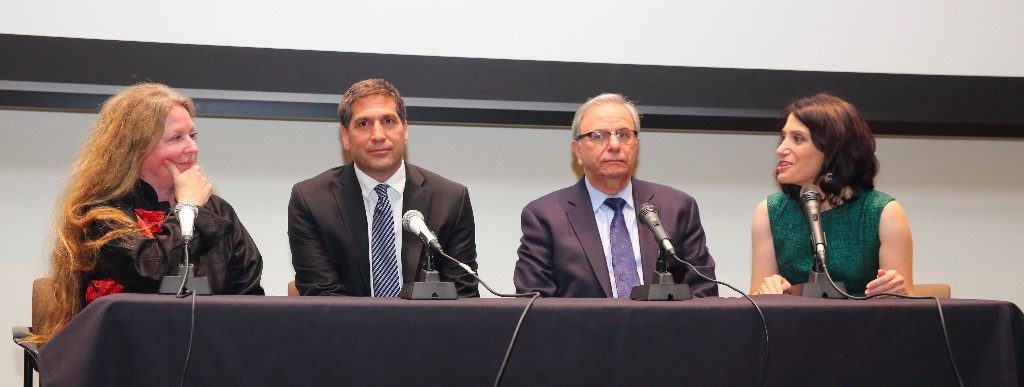
During a recent interview from her office in California, the veteran filmmaker recalled that while working with Paul G. Turpanjian, he gave her a copy of a relative’s memoirs which related the story of Levon Yotnakhparian and his heroic exploits. It had been edited and published by his namesake grandson Levon Parian. Turpanjian went on to executive produce the documentary.
She said, “I read it and he goes, ‘do you think that we can make a film out of it?’”
She noted that the story was “remarkable. I decided to take it on. I was tired of doing commercials.”
